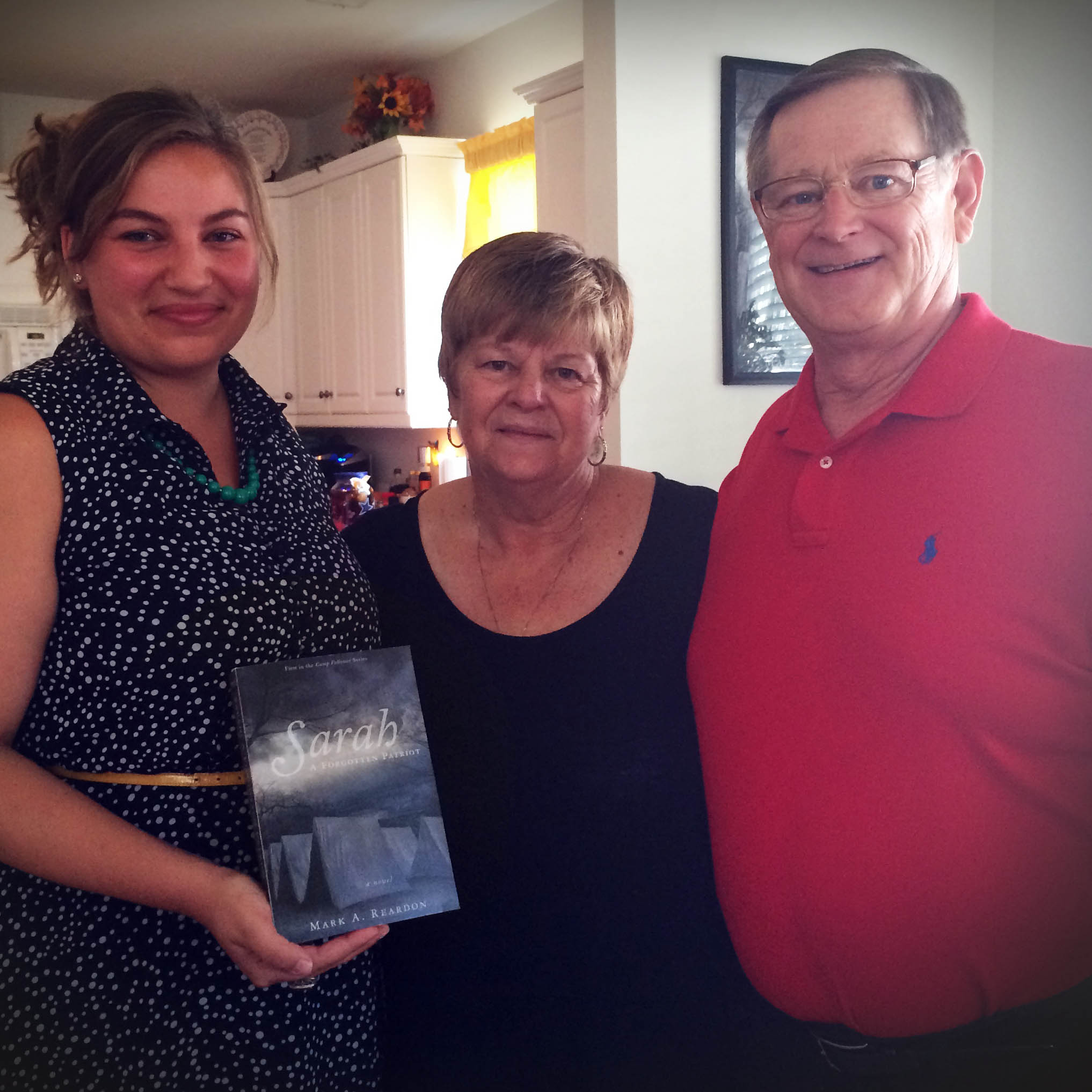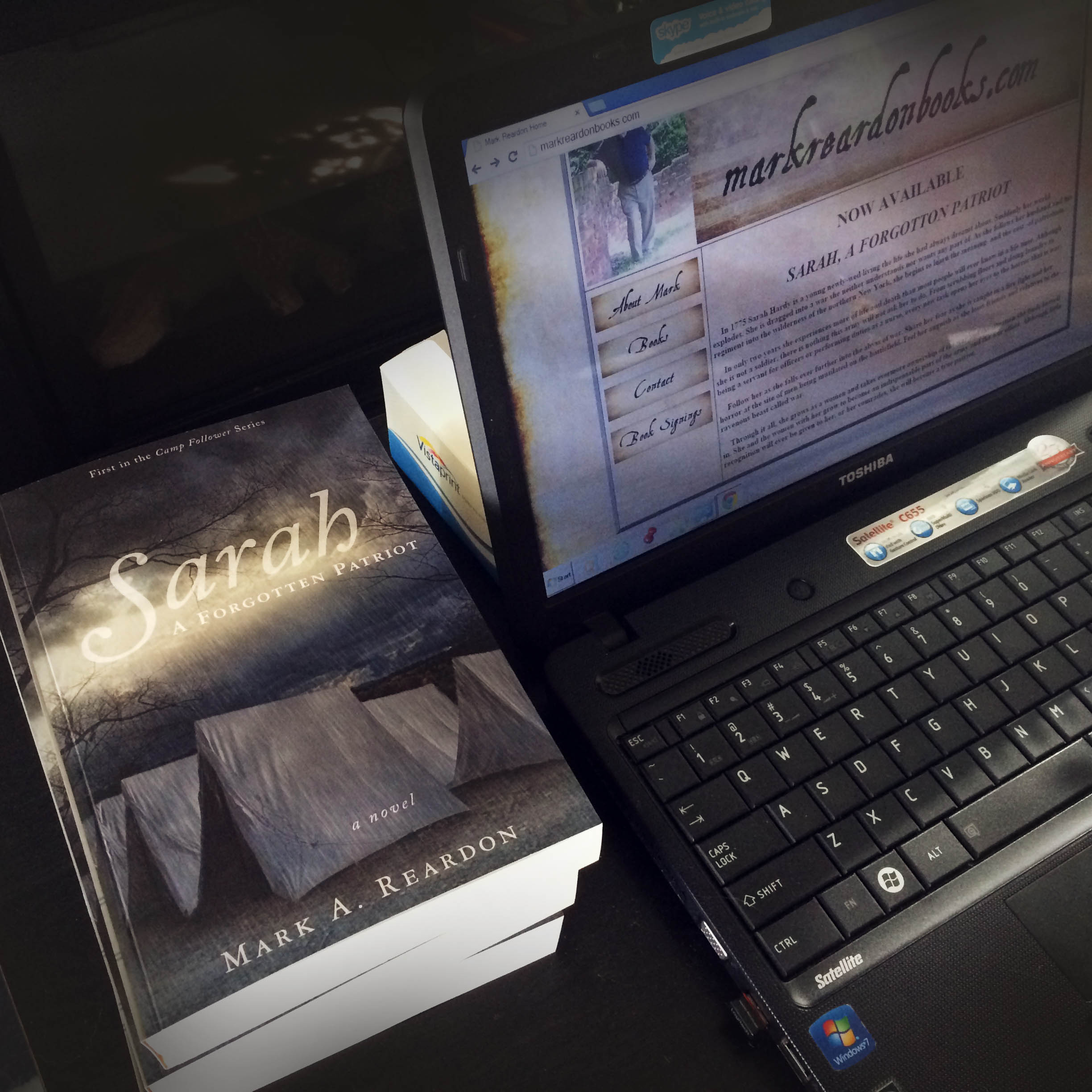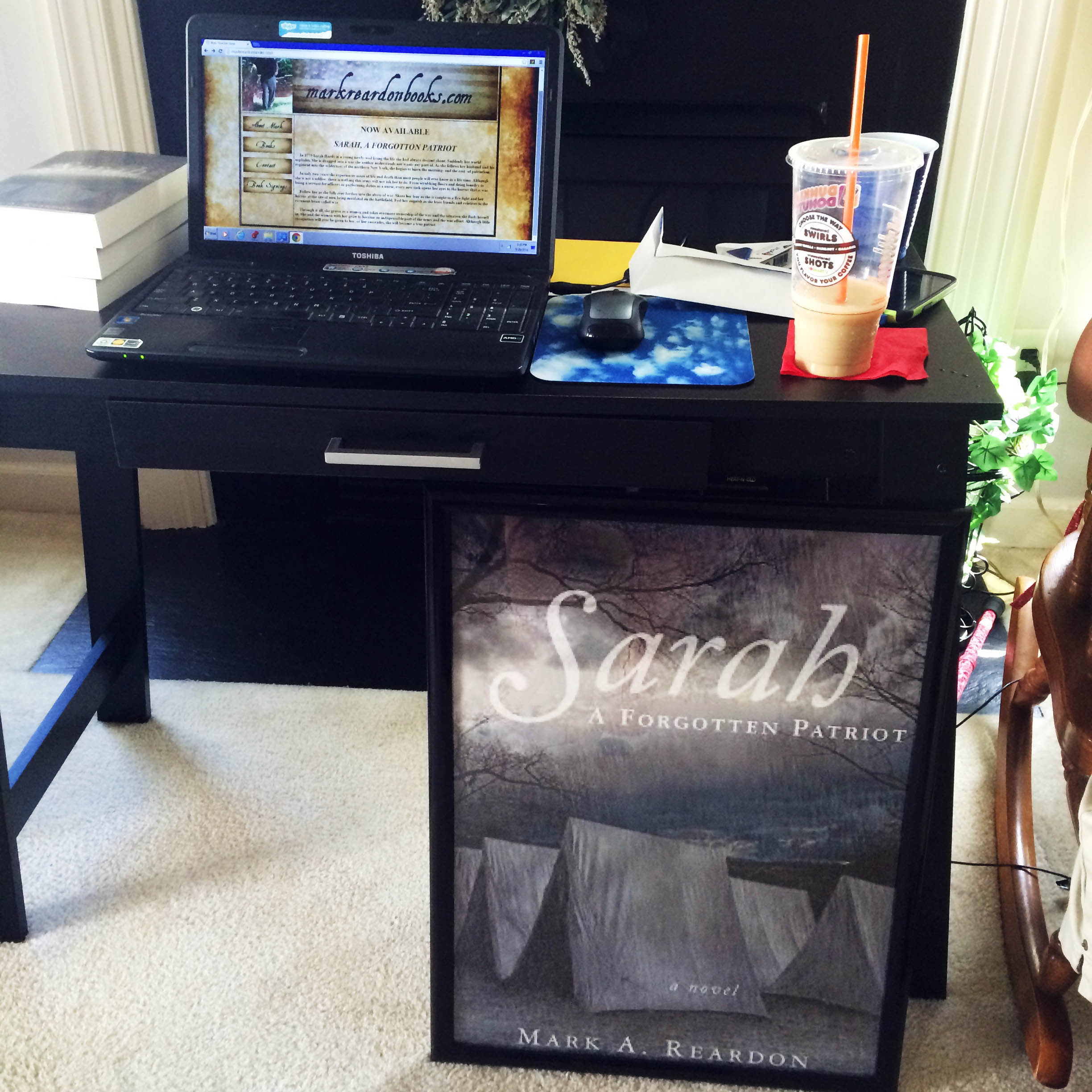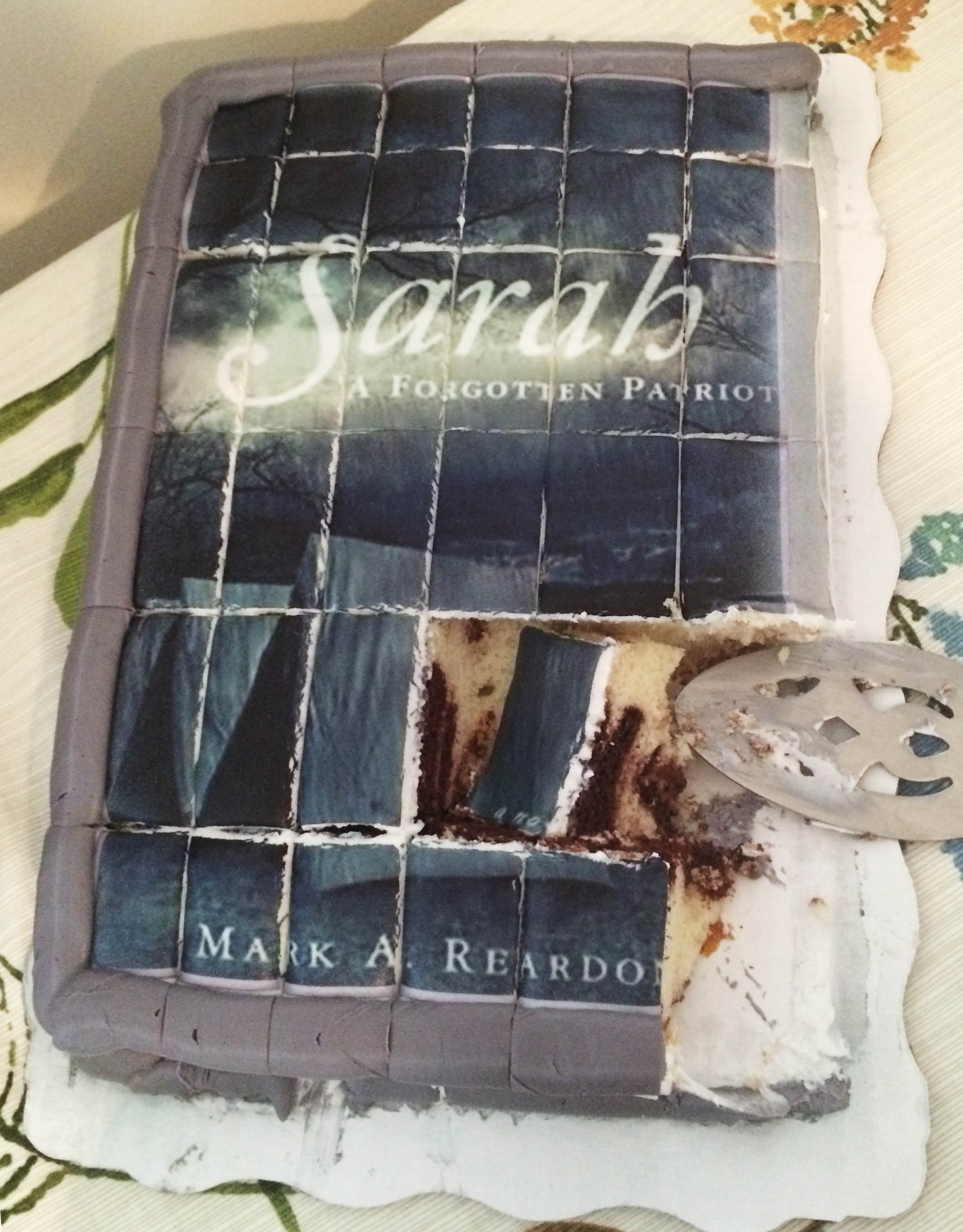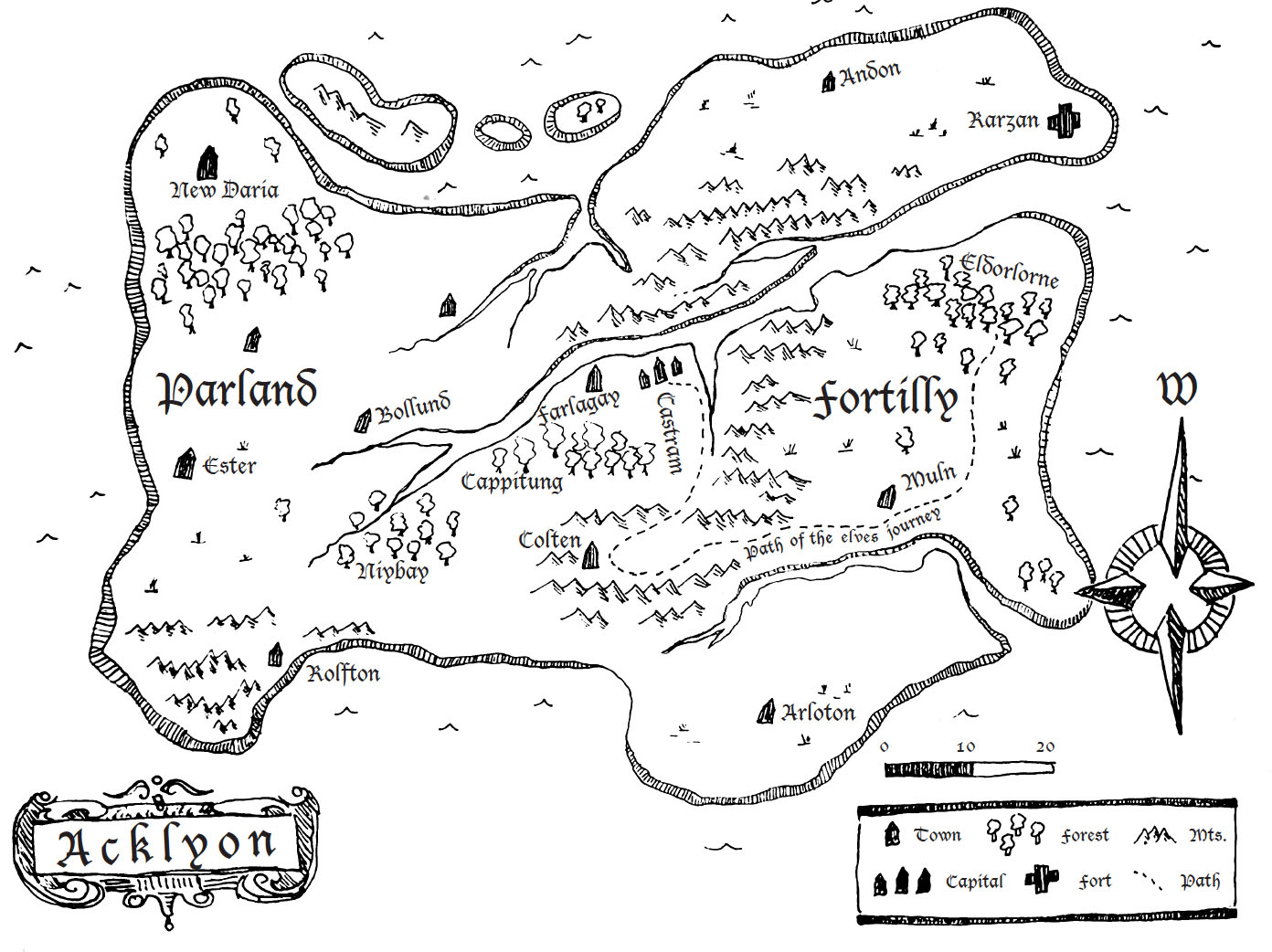Q: What’s the difference between a hyphen, an em-dash, and an en-dash? How do I use them correctly?
Let’s start with the basics.
Hyphens are the shortest kind of “dash,” and are used for forming compound words, like mother-in-law. The word “hyphen” comes from Old Greek, and means something along the lines of “together,” or “in one.” So it makes sense that we use them to bring words together!
En-dashes are a slightly longer dash. Traditionally, they were the approximate length of the character “N,” hence the name. These are used for spans of numbers (like years), scores, or to connect concepts or words that aren’t compounds (for example, a Washington–Dallas flight). Because there isn’t a quick and easy way to add en-dashes to text (they have to be inserted as a special character), in day-to-day writings they are frequently replaced with hyphens, and the world continues turning. However, if you plan to publish a professional work, care should be taken to use the en-dash where appropriate.
Em-dashes are the longest dash. They’re called em-dashes because—you guessed it—they’re approximately the length of the character “M.” Em-dashes are used to set apart text in a sentence.
Most writers will find themselves encountering the em-dash more often than the en-dash. So, naturally, it’s the trickiest to use.
The em-dash can be used to replace three types of punctuation: commas, parentheses, or colons.
Using em-dashes instead of commas can help break up a sentence that might otherwise be too comma-heavy, which can slow the reader down. Take the following sentence, for example.
John didn’t care about the jitters, the jumpiness, or the inevitable crash, this cup of coffee—his fifth that morning—was necessary.
With that many commas in the sentence already, setting off the clause “his fifth that morning” with more commas would make the sentence too choppy.
Em-dashes can also be used to set apart a clause that’s already contained in parentheses without confusing the reader. For example:
The barista had his order memorized, of course (large double-shot espresso, non-fat milk—God help you if the milk was full fat—heated to exactly 170 degrees), but that didn’t mean she had to like making it so often.
In this sentence, adding the clause within the em-dashes in parentheses within the first set of parentheses would be very confusing for the reader.
Em-dashes in place of commas or parentheses can also be used to add emphasis. The em-dash reads as more intrusive than commas or parentheses, which makes it great for setting apart clauses that demand attention. You might have noticed that in the examples above, the text set off by em-dashes stands apart from the rest of the sentence, calling attention to itself as an interjection.
Finally, em-dashes can replace colons to add a stronger punch to the conclusion of a sentence. For example, take a look at this sentence.
John knew what he would see when he peered into the lightened cup, but his heart sank nonetheless when he confirmed—empty.
You could conclude this sentence with “…confirmed: empty,” but that wouldn’t convey the tragedy of John’s empty coffee cup with the same gravity that an em-dash provides.
With any of these applications, be aware that em-dashes are generally viewed as less formal than other types of punctuation. So while they can spice up a novel or your own personal writing, use with caution in formal or academic writing.
Now down to the details.
If you’ve made the decision to use em-dashes in your text, you’ll want to know how to form them in your word processor. You can use the “insert symbol/special character” function, or, if you’re using Microsoft Word, let it do the work for you. If the option is enabled, Word will automatically convert two consecutive hyphens between words into an em-dash (open Autocorrect options, then AutoFormat, and check the box labeled “replace hyphens with dash”).
The final trap? Spacing. Em-dashes are most commonly deployed with no spaces on either side, so the em-dash is the only character between the two words it separates. The exception is if a publication uses AP style (newspapers are the most commonly seen example). When in doubt, take the spaces out.
* * * *
 Jacki has been editing professionally since completing her study of the English language at Virginia Commonwealth University in 2012. She has been an Inkwell Book Co. editor since 2013. From memoirs to fiction to fantasy, she can’t resist a good story, and can usually be found at her rural Virginia home with her nose in a book and a cat in her lap.
Jacki has been editing professionally since completing her study of the English language at Virginia Commonwealth University in 2012. She has been an Inkwell Book Co. editor since 2013. From memoirs to fiction to fantasy, she can’t resist a good story, and can usually be found at her rural Virginia home with her nose in a book and a cat in her lap.


